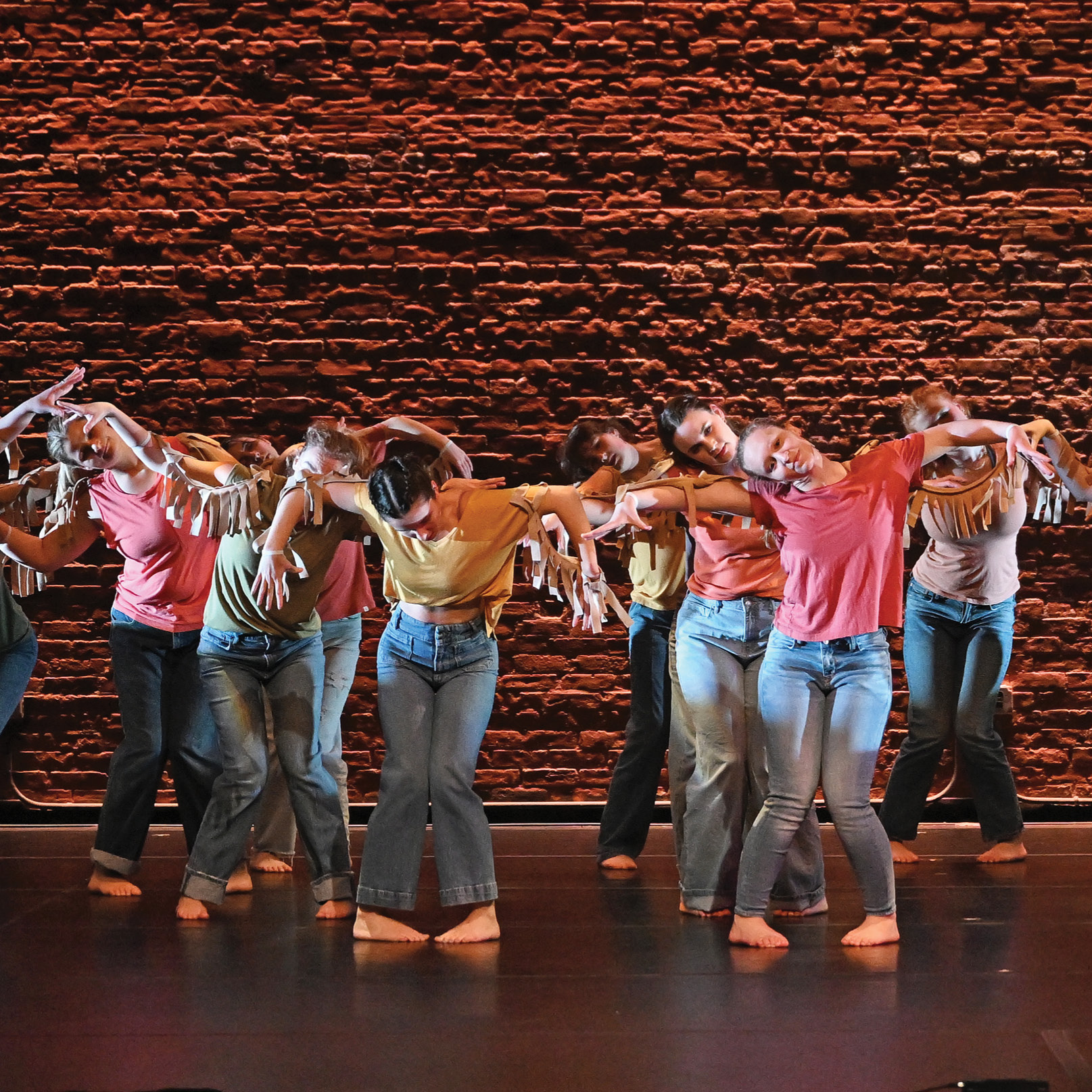
Chu remembered for his love of learning
Charles Chu's artistry, teaching and spirit were the heart of his being.
But words and sayings, said his daughter Paula Chu, were touchstones for him.
"Pop was always seeking center, seeking meaning with words and the ideas they allowed him to form," she told 350 alumni, faculty, staff, students and family members who gathered in Harkness Chapel on April 18 to celebrate Charles Chu's life and art.
"He thought in lists and aphorisms -- they delighted, guided, and comforted him. He loved through them."
View photos
Join a Chu Facebook group created by Esther Potter '94.
Chu, an emeritus professor of Chinese, brought together poetry, painting and calligraphy in the traditional Chinese literati style. He died last October at the age of 90. His wife, Bettie Simmons Chu, died Feb. 28. Her memorial service was the evening before his.
Chu came to Connecticut College in 1965 from Yale to start a new program in Chinese, and he was the founding curator of the College's Chu-Griffis Asian Art Collection.
Jonathan Spence, the Sterling Professor of History at Yale and one of the foremost scholars of Chinese civilization, said Chu broke ranks with his colleagues by creating a program that set Chinese in the context of the liberal arts. The Connecticut College program was one of the first to focus not just on language, but on politics, culture and art, he said.
Tek-Wah King, senior lecturer in Chinese, played a recording from The Fisherman's Revenge, about a fisherman who reminded King of Chu for his tenacity and courage. Chu loved memorizing the operatic scores and would occasionally belt out a tune. He also enjoyed playing pieces on his er-hu, a Chinese fiddle. The memorial opened with an er-hu performance by local musician Gabriel Kastelle.
Mary Ann Siegel '66, who met Chu as a student and remained a friend, said Chu loved his family, his friends and this College. "I loved his energy, his generosity and him. I called him my adopted father because he believed in me unconditionally. That wasn't anything I earned; it was what Charles gave freely to us all," she said.
Siegel said later that Chu thrived on people. "That's why he was so generous with his time, his paintings and his cooking," she said. "He was one of a kind, and everyone who passed him on the sidewalk knew it, because they couldn't scoot by without Charles engaging them."
In a poignant remembrance, Paula Chu described her father's love of learning and love of language – the lists of words he kept, his playful use of them, his notes to himself. He continued jotting them down until he could no longer write. Thousands of them, she said, in his pockets, every glove compartments, medicine cabinets and cupboards.
Chu's legacy is his unremitting curiosity and his delight in small things, the promise of new knowledge and discovery at every turn, she said. "For true, creative fire-in-the-belly, a true hunger to learn for the delight of learning, he could not be surpassed."
Chu phrased it best in one of his pieces of calligraphy: "We have met in this life," Paula Chu read, "to dance in the light in the time we have."
Visit the College's Chu Web site: www.conncoll.edu/news/chu
Visit Professor Chu's Web site: www.littlefrog.com
To add a remembrance to the alumni recollections on the College's Chu site, e-mail Barbara Nagy.
April 21, 2009
